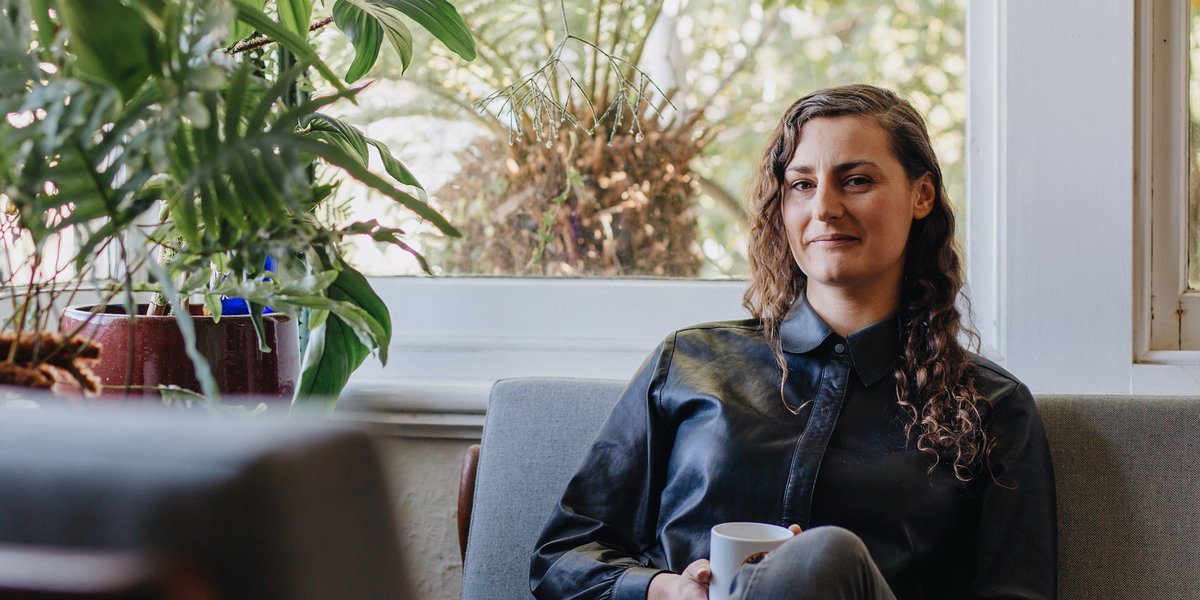Mary Knights
"My dream job was always to be a curator at the Tasmanian Museum and Art Gallery (TMAG)."
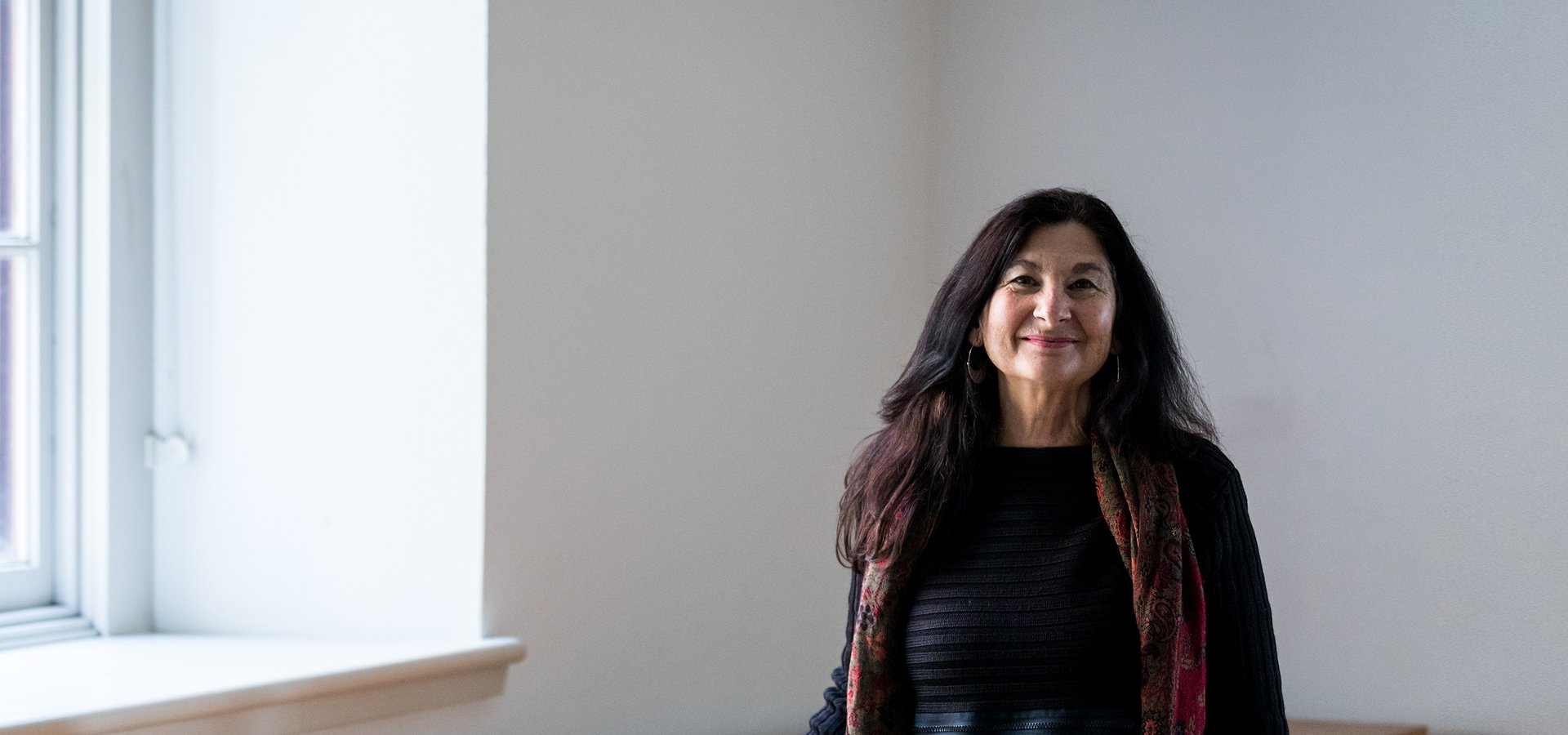
"One of the amazing things about Tasmania is the huge number of artists and writers working here. People are so passionate in Tasmania. Working in a society where people have great values and are really engaged is inspiring."
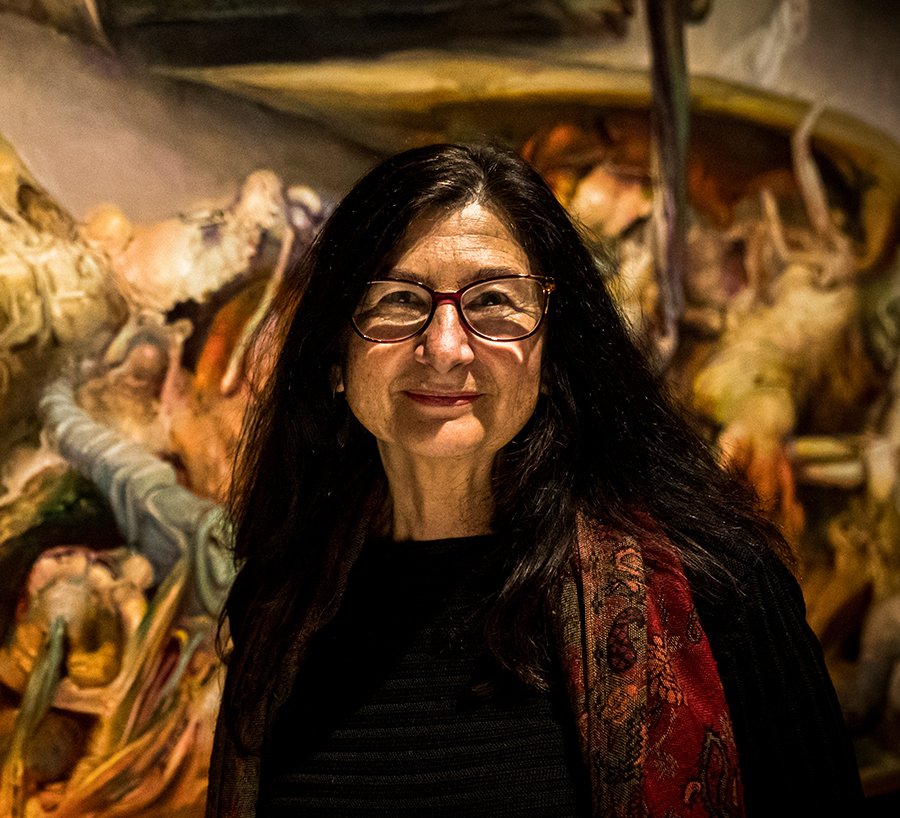
It’s barely a ten-minute stroll from the University of Tasmania’s School of Creative Arts and Media (CAM, UTAS) to the Tasmanian Museum and Art Gallery (TMAG). The two buildings are separated by just 350 metres, their distinctive exteriors forming an integral part of Hobart’s waterfront.
For Mary Knights, it took several years to complete that short journey between the two institutions that sit at the heart of Tasmania’s cultural scene. Initially enrolling in a Fine Arts degree in 1991 and graduating with a PhD in 2010 from what was then known as the Tasmanian School of Art, Mary worked in numerous curatorial, academic and arts management positions in Tasmania, West Australia and South Australia before she was offered the position of Senior Curator of Art at TMAG in 2016.
Since then, she has won widespread acclaim for her work on exhibitions including Julie Gough: Tense Past, presented by TMAG in partnership with Dark Mofo in 2019; and This too shall pass, an exhibition of collection artworks that focuses on portraits and self-portraits, on display until November 2023.
“My dream job was always to be a curator at the Tasmanian Museum and Art Gallery,” says Mary. “I did many, many other things before I was offered that position, including running an Aboriginal art centre in Western Australia and ten years as Director of the South Australian School of Art Gallery, but I kept strong links with Hobart. My heart was always in Tasmania, and I wanted to come back.”
Mary was living in Sydney when she first visited Tasmania. She was initially attracted by the excellent reputation of the School of Art, and then fully won over by the beauty of the place and the strong sense of community.
“I visited Tasmania a couple of times and did some bushwalking. I moved here because I believed it was a really wonderful, vibrant and dynamic art sector – but I also had three young children and it’s such a great place to raise a family. Hobart is a very livable city, and in West Hobart where I was based you’ve got the mountain and bush behind you. There was a really rich, diverse demographic living in the suburb - it was a beautiful place to come and live.”
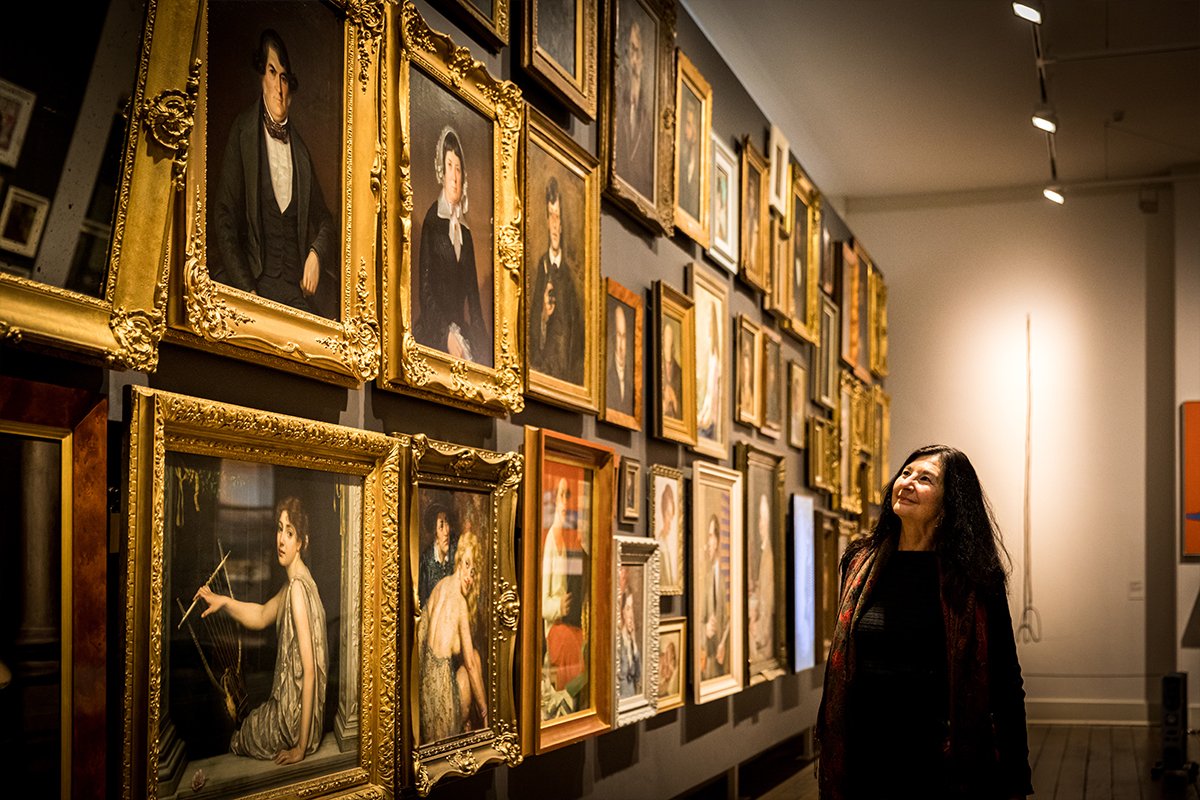
Arts and culture are an enormously important part of life in Tasmania – from writing and filmmaking to theatre, music and visual art. There can be a perception that opportunities for creativity are limited in a small island state, but Mary believes there is something distinctive about both the people and the place that give it a real vibrancy.
“One of the amazing things about Tasmania is the huge number of artists and writers working here,” she says. “People are so passionate in Tasmania. They’re passionate about the environment, social justice and cultural issues. Working in a society where people have great values and are really engaged is inspiring.”
Mary also notes that UTAS encourages students to understand their research in both international and local contexts, and feels this approach has helped counteract some of the potential pitfalls that come with a smaller cultural scene.
“I’ve always taken the opportunity to travel elsewhere, including overseas, to get a better understanding of the breadth of contemporary and historical art and ideas,” she says. “One of the great things about studying at the University of Tasmania is that students are encouraged to expand their horizons. UTAS supported me to do an undergraduate exchange at the Glasgow School of Art, Scotland, and post-graduate residencies at the Rosamond McCulloch Studio in Paris. I think perhaps more than big cities such as Sydney or Melbourne, where people have everything and look inwards, Tasmanians working in the arts tend to reach out to the rest of the world. There is a sense of being part of a global network that makes the sector here vigorous and innovative. There’s probably no better place than Tasmania to develop an arts practice.”
Mary’s inspiring career in the arts has focused on curatorial practice, academic and arts management positions, and there were plenty of opportunities available to her in Tasmania – even as a student – that she grabbed onto with both hands.
“Studying here was fantastic because Tasmanian arts organisations collaborate and cooperate a lot. As an art student wanting to move into the professional art sector, I was able to access numerous professional development opportunities. I did a mentorship with Contemporary Art Tasmania, volunteer work with the Plimsoll Gallery, and an internship working with collection material at the Fine Arts Gallery. It was really wonderful learning how to be a curator while studying at the same time.”
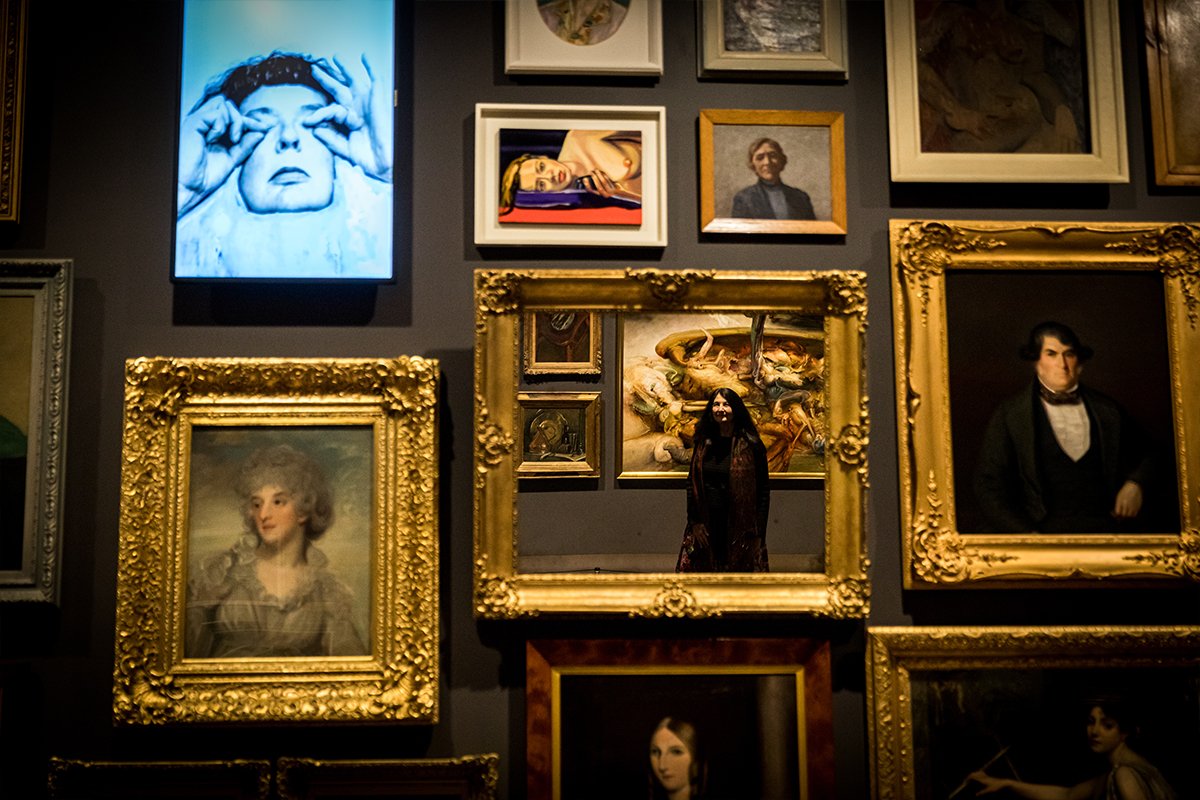
Mary established her early career in Tasmania with roles in state and local government including Arts Tasmania and Hobart City Council. But with her sights set on an eventual role at TMAG, she was determined to fill in the gaps in her knowledge and develop an in-depth knowledge of Australian art. To gain a deeper understanding of the diversity of art practices she criss-crossed the country, visiting museums, art galleries and remote art centres. She also spent two years managing a remote Aboriginal art centre located in the Ngaanyatjarra Lands, WA. The position involved working with exceptional established and emerging Pitjantjara and Ngaanyatjarra artists, running the painting studio and cultural programs, managing a national exhibition program, and collaborating with the Australia Council team on a major Aboriginal public art project at the Musée du Quai Branly, Paris.
“That travel and those experiences really transformed my understanding of being Australian. It gave me a richer understanding of art history and the extraordinary diversity of art created in this country.”
After ten years as Director of the South Australian School of Art Gallery and working in the contemporary arts sector in Adelaide, Mary finally returned to Tasmania in 2016 to take on the role of Senior Art Curator at TMAG. It was a fitting return to her adopted home, given the advice she had been dispensing for years.
“When I was lecturing at the art school in Adelaide, I often would say to my students “‘Roam the world!’. Take up every opportunity to see art and discover ways to develop your own practice. But always come home.”
Senior Art Curator at TMAG is an exciting, rewarding and challenging role. The gallery has more than 12,000 artworks, some of which Mary describes, in typically understated Tasmanian style, as ‘a little bit odd’.
The gallery’s collection spans work from the early days of colonisation all the way through to contemporary work by Tasmanian artists such as Sally Rees, and Julie Gough whose work is focused on re-presenting the often conflicting histories of Tasmanian Aboriginal people. The one thing that most artworks in the collection have in common is a connection to the island.
“One of the great things that TMAG does really well is tell Tasmanian stories,” says Mary. “It celebrates research by Tasmanian scientists and art by Tasmanian artists, all while considering the place of Tasmania within a more global context. We’ve got a rich collection of historic work and a strong contemporary arts sector. It’s a genuine privilege to work as a curator here, researching the collections, developing exhibitions and engaging with the public in ways that I hope will delight, enchant and intrigue, as well as educate.”

We worked with southern Tasmanian photographer Natalie Mendham and southern Tasmanian writer Ruth Dawkins for this Tasmanian story.
Read about more Tasmanians
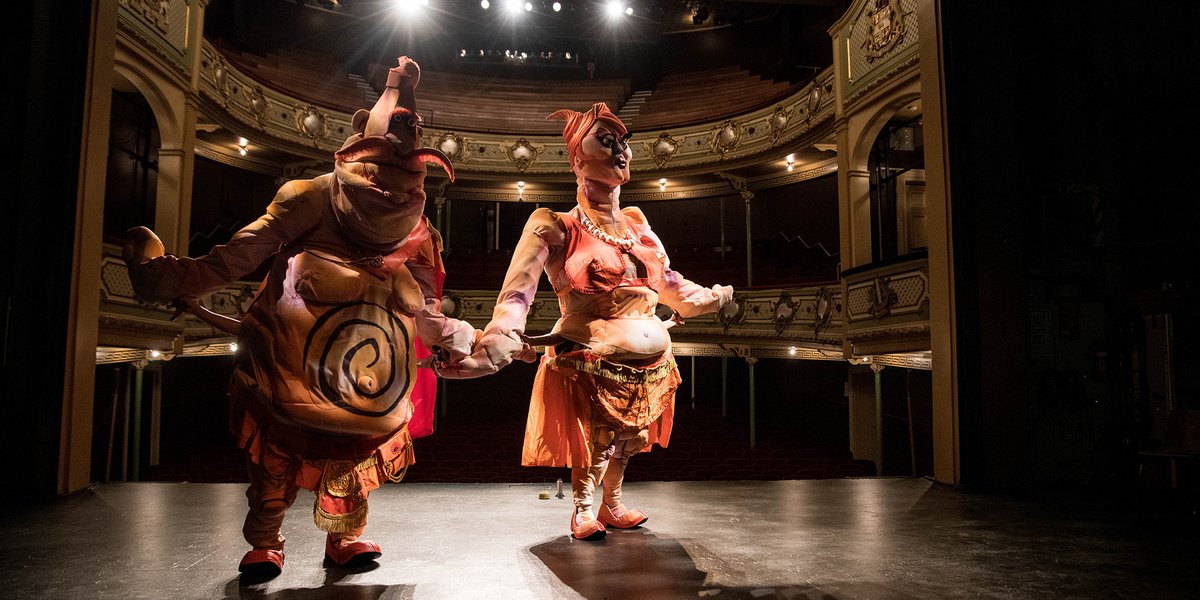
Terrapin Puppet Theatre
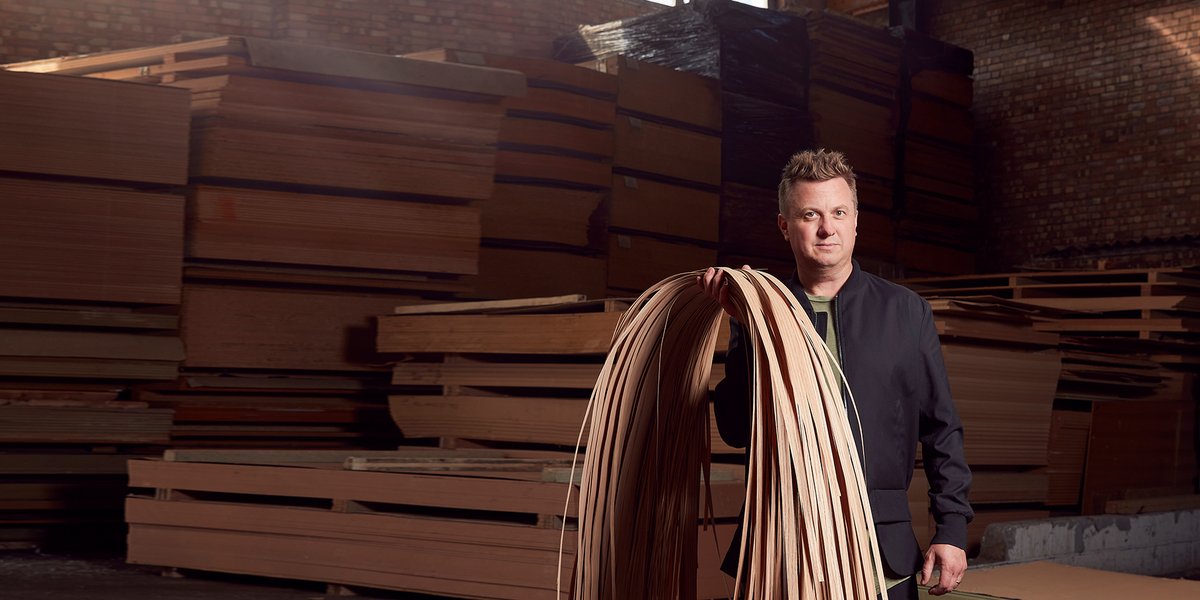
Brodie Neill
